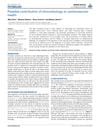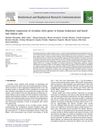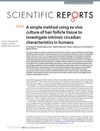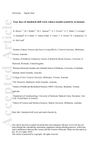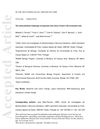Noninvasive Method for Assessing the Human Circadian Clock Using Hair Follicle Cells
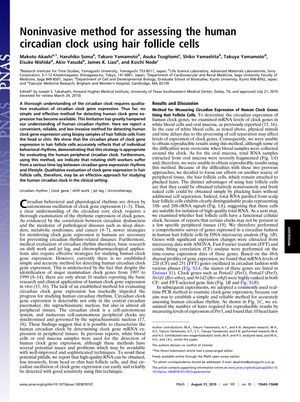
TLDR Scientists found a new, less invasive way to study body clocks using hair cells, which shows shift workers' body clocks don't match their lifestyles.
In 2010, researchers developed a convenient, reliable, and less invasive method to assess human circadian clock gene expression by using biopsy samples from hair follicle cells. This method proved to accurately reflect individual behavioral rhythms, aligning with the peripheral circadian clock. The study also found that rotating shift workers experience a significant time lag between their circadian gene expression rhythms and their lifestyles. This technique for evaluating clock gene expression in hair follicle cells could be beneficial for clinical studies of the human circadian clock.
